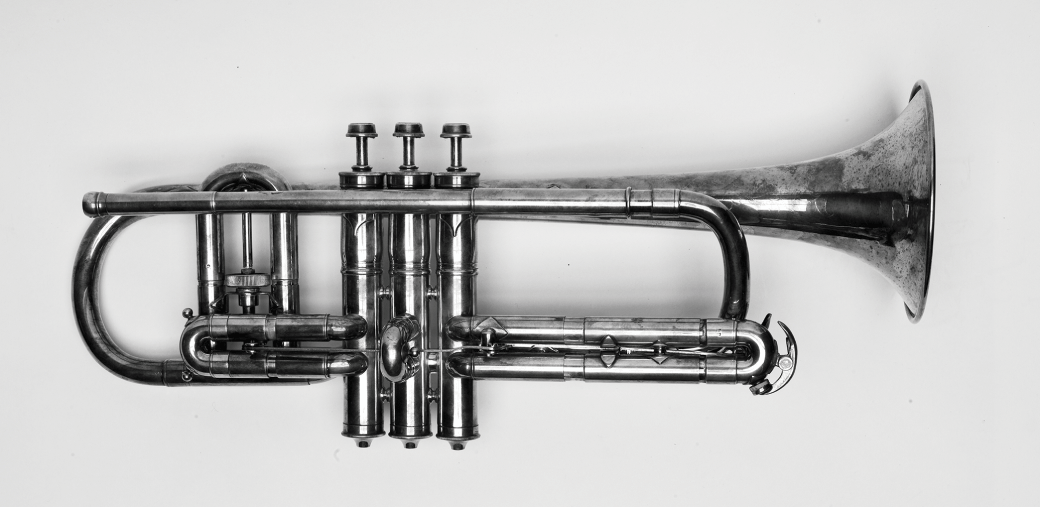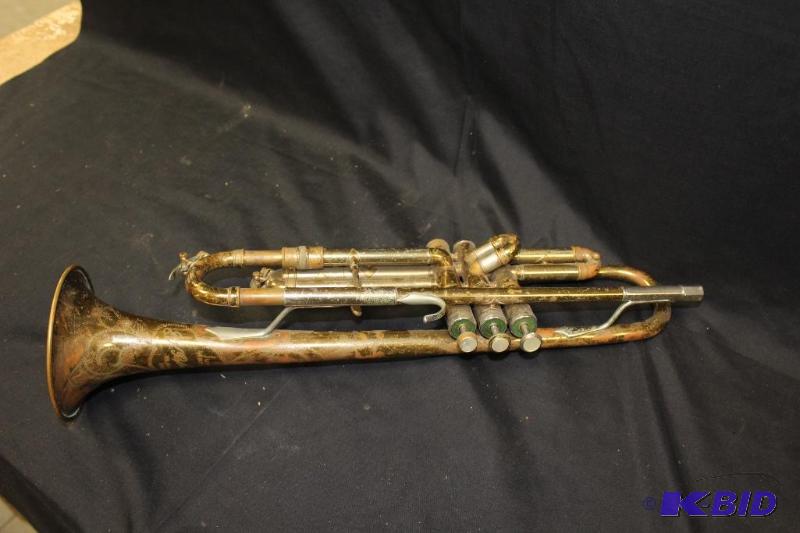- Blessing Super & Artist stencils all 468 bore all Signets have solid nickel lead pipe; 88509 Silvertone Model 200 raw brass.Amados vint 1950s; 95415 Silvertone Model 200 scratched lacquer ca 1950s; 12706 Selmer Signet (468 bore) raw brass.”S”.nickel top vint 53.
- 1906 1: 1935 28000: 1946 Sept. 41509: 1947: 41602: 1948: 44398: 1949: 47194: 1950: 49990: 1950 June 52001: 1951 June 55220: 1952 June 58400: 1953 June 61600: 1954 June.
- Olds & Son Trumpets and Cornets This guide contains photos from my collection, advertising, and the websites of some resellers, which detail the trumpets of the F.E. Olds & Son Company. Frank Olds, who was born in 1861 in Medina New York to a civil war hero, began as a machinist and laborer, from the Toledo area who moved at a young age to Los.
- Blessing Trumpet Models
- Blessing Super Artist Trumpet Serial Numbers Lookup
- Blessing Super Artist Trumpet Serial Numbers List


I just posted this excerpt from 'A Timeline of Trumpets', pages 181-182 on TH in reply to a question about a Citation, and it occurred to me it was a good fit for this new section. (Before someone objects, I'm the author. When I republish it it doesn't count as plagiarism!)
Blessing Trumpet Models
Vintage Blessing Super Artist trumpet. Serial number 780## dates this trumpet to approximately 1957. Markings on the trumpet are 'SUPER ARTIST EK BLESSING CO. The trumpet does show significant wear on the finish. The trumpet does play and sounds good. There are a good dozen or so dings, most of them on the curvature at the mouth. The 5-digit numbers align with Blessing part numbers during the period and may have come along with the valves, or perhaps, as can be seen in a handful of obvious Artists and Super-Artist stencils, with completed horns built under contract. The first block of 6-digit numbers aligns with York serials after the Fischer sale.
Rudy’s father, J.R. Mück was an immigrant from a Moravian family that had been building brass instruments since 1875. Rudy himself had been born in Moravia in 1907, coming to the US with his family in 1911. Rudy played professionally in New York City as well as his work in the shop that opened sometime in the 1920s. The cushion-rim mouthpiece business launched around 1932, with the hand building of trumpets having already been underway as an extension of the instrument repair and customizing business. But when J.R Muck retired in 1936, Rudy set out to significantly expand as a maker.
With knowledge of the Bach design, as well as access to some of the craftsmen and all of the parts suppliers, Muck was well situated to build his “Citation” model trumpets as New York Bach clones. What is interesting is the variety of parts sources Muck employed. The valves of most appear to be from Blessing, as Bach also used on some of his horns, and the detailing of many of the casings is a stylized abstraction of the Bach appearance. Many horns feature the Bach stop rod on third with Bach posts, which to the present day are made in the Bach factory, suggesting that Bach actually supplied Muck parts at times. In the same location however, one can find distinctive Blessing posts or a third maker’s short ball posts, without any pattern other than the horns seemed to be built with what was available that day.
It appears that Muck assembled horns rather than making them. Blessing played a key role as a parts supplier throughout the time Rudy Muck owned the business. There are, however, also horns, particularly the “M” series models that have strong indications of being partially or completely assembled by Monke in Germany. While a few even have distinctive Monke valve casings, most still show the same stylized Bach turning. What is interesting is that Blessing valves, Blessing posts, two different styles of valve cap, and many other elements appear mixed-in randomly from horn to horn on these otherwise strongly Monke horns. It is possible that some were stencil and some were built in New York from parts – but equally plausible that Muck was shipping Blessing and Bach parts to Germany for their supplier to use, preserving both the look, and the random hand-built feel, of their product.
Blessing Super Artist Trumpet Serial Numbers Lookup



Muck serial numbers have baffled all who have tried to make sense of them. Muck instruments appear with no numbers, with 4-digit numbers, with 5-digit numbers and with two groupings of 6-digit serial numbers. However, the known sale dates of many of these horns all overlap. This is particularly true after Rudy Muck sold the business to Carl Fischer around 1950. Fischer already owned JW York in Grand Rapids Michigan, and that immediately added another parts supplier to the mix. While nothing can be proven conclusively, the 4-digit sequence seems to span the duration of the Muck Company under both owners and is likely the “core” serial number sequence. The 5-digit numbers align with Blessing part numbers during the period and may have come along with the valves, or perhaps, as can be seen in a handful of obvious Artists and Super-Artist stencils, with completed horns built under contract. The first block of 6-digit numbers aligns with York serials after the Fischer sale. The second block, appear to exist primarily on some of the “M” models, which also have 4-digit numbers routinely, and may be connected to Monke, though Monke does not seem to have had a rigid numbering system for their stencil work.
Blessing Super Artist Trumpet Serial Numbers List
Thanks to the recollections of Niles Eldredge regarding his high school trumpet, a 4-digit 1959 Citation with the more elaborate but far rarer valve caps, we know that Fischer was procuring some Muck parts in the 50s from its York operation and Mario Marcone was assembling the finished product in New York at a Fischer facility. The York sourced valves are visually indistinguishable from Blessing sourced product, but York had a long history of making precise stencil product when contracted to do so.